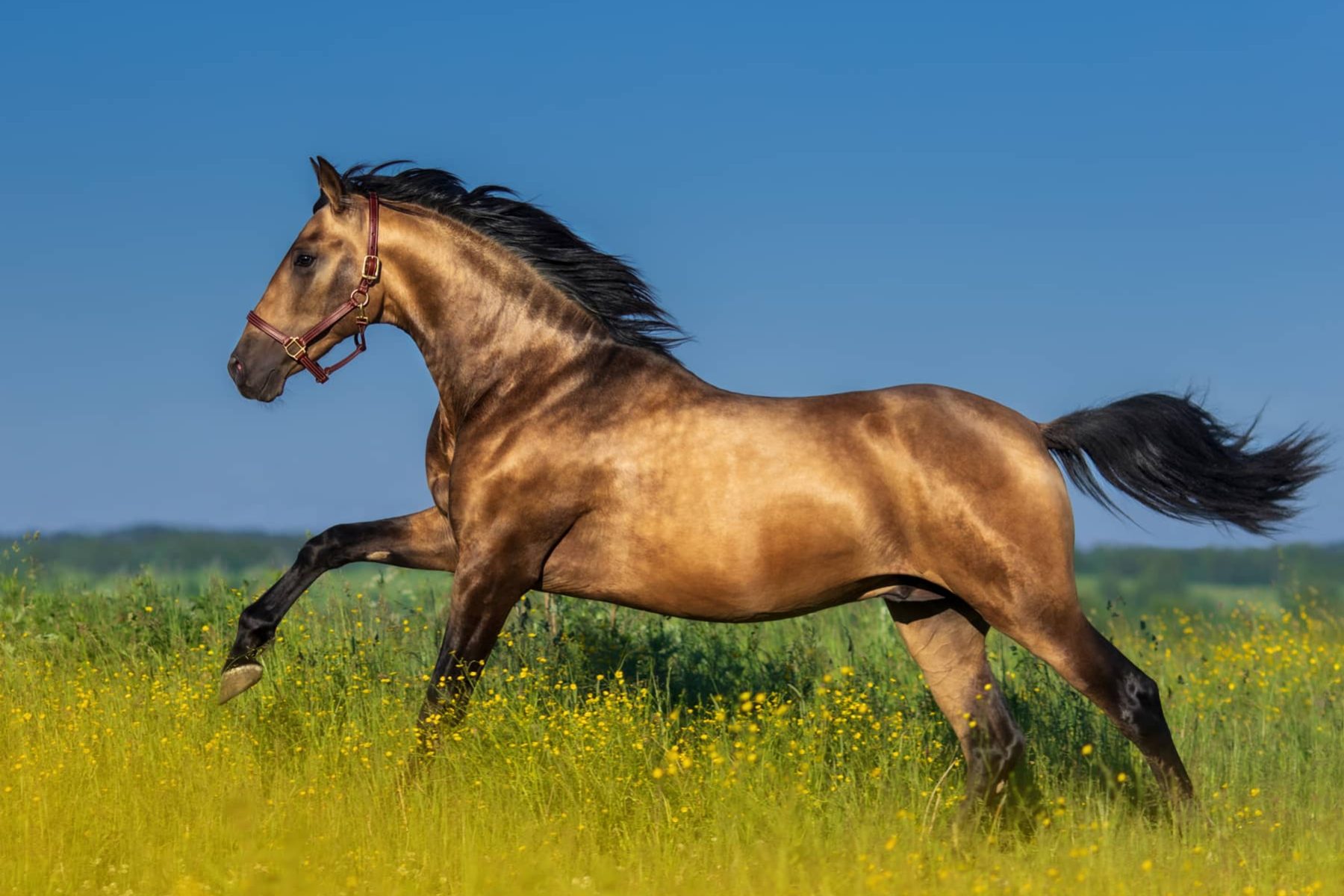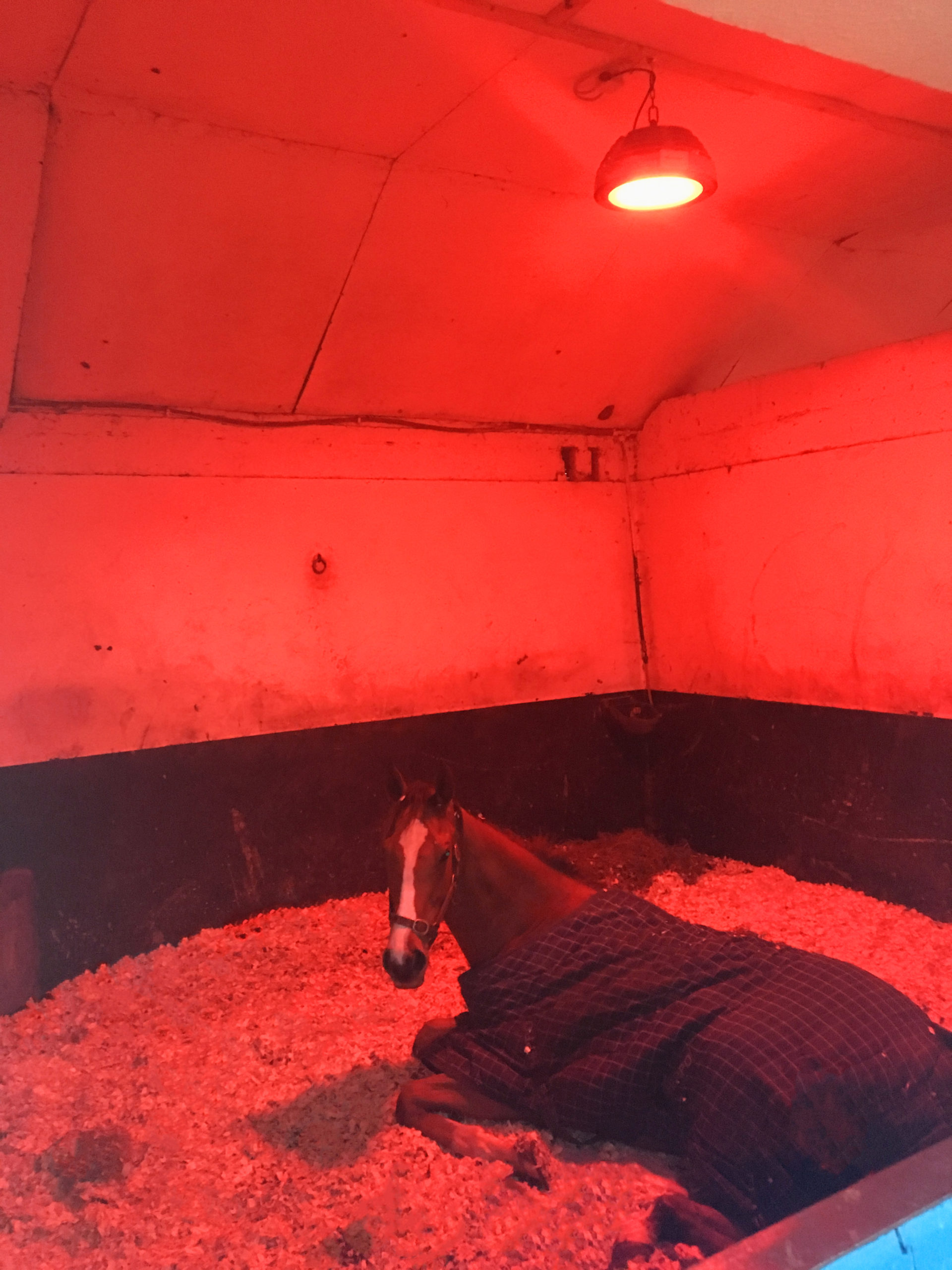
Why Mares Foal at Night – the Importance of Circadian Lighting

By Dr. Barbara Murphy, Equilume Founder & Chief Scientific Officer
66% of mares foal between the hours of 8pm and 1am. While this may result in many sleep-deprived nights for stable staff, night-time foaling has important physiological relevance. It makes sense that a prey animal out on the open plains would seek the safety of darkness hiding their vulnerability during the birthing process to avoid the attention of predators. However, the basis for this behaviour relates to an animal’s internal circadian (24-hour) rhythms and their regulation by the light-dark cycle.
Many people are familiar with the saying ‘the foal chooses the day, but the mare chooses the hour’ when it comes to foaling time. This is actually very accurate from a physiological viewpoint. The foaling process is initiated when the foal becomes stressed – it has grown too big and too hungry for a small tight space. This initial stress response sends the hormone cortisol coursing through the foetus and the placental membranes. Cortisol in turn activates pathways that cause an increase in the production of the contractile hormone oxytocin. But here is when the mare can assert some control over the process. Oxytocin levels in the mare normally fluctuate with a circadian rhythm that peaks at night. This way, uterine contractions will often not start in force until the time when the mare’s natural daily production of oxytocin rises – between the hours of 8pm and 1am.
Key to the regulation of circadian rhythms in the mare is the hormone melatonin. Melatonin rises each night as the light fades to darkness or dim red light. Red light is on the opposite side of the light spectrum to blue light and whereas blue light optimally suppresses melatonin by day, red light is invisible to the melatonin-producing system and allows it to rise at night. Both melatonin and circadian rhythms strongly impact reproduction, especially during pregnancy. Melatonin acts as a powerful anti-oxidant and its nightly rise keeps the immune system functioning normally and helps the placenta maintain its adhesion to the uterine wall. As impractical as it may be for us, if a problem occurs during foaling, it is better that it occurs at night under the anti-inflammatory influence of melatonin. This will reduce the chances of sepsis and improve the mare’s own ability to heal from injuries caused by dystocia.
Optimal circadian rhythmicity in the mare is not only important for her health but also for that of her developing foal, since melatonin produced at night in the mare also regulates the developing circadian system of the foal. Experimental studies have shown that disturbed maternal rhythms and perturbed melatonin cycles caused by exposure to white light at night have negative consequences for the offspring, especially during the final trimester. To optimise regular circadian rhythms and prevent disturbances in the melatonin cycle during pregnancy, mares should be maintained under lighting that best mimics that of nature – blue-enriched bright white light by day, gradual transitions at dawn and dusk and darkness or dim red lighting at night. The Red light at night feature in the Equilume Stable Light permits the nightly rise in equine melatonin for the stabled mare, while allowing sufficient visibility for our intervention in the foaling process, if needed. Eliminating the need to switch on a white light at night over the pregnant mare, before, during and after foaling, will ensure she stays relaxed and that her circadian rhythms and that of her new-born foal are regulated for optimal health, just as nature intended.
